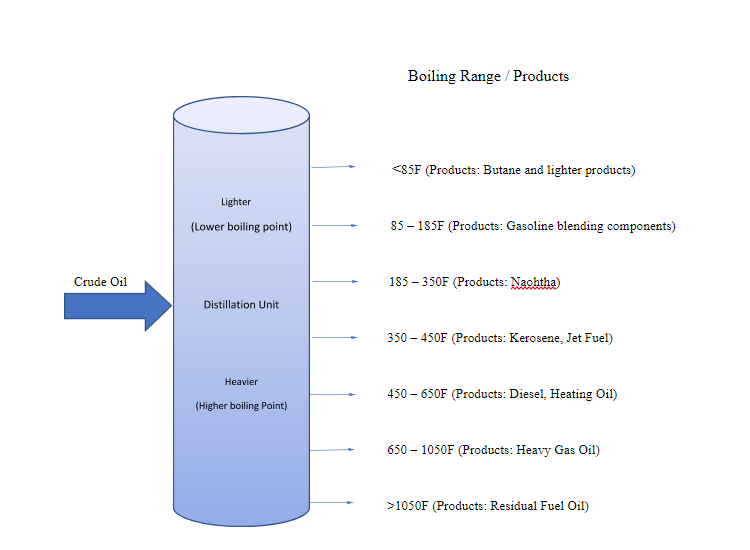KemFlo’s Commitment to Customer Service
Providing the highest quality plastic scrubber packing on the market backed by superior customer service is what sets KemFlo apart from other manufactures. KemFlo’s goal is to provide cost effective plastic scrubber packing solutions with the highest level of quality for our customers. We accomplish this by using innovative methods supported by a long history of experience and by utilizing current technological advancements and sound engineering solutions. Our employees are devoted to pursuing the challenges presented as a means to accomplish the end goal. We understand our customer’s demands and are committed to their complete satisfaction through open communication.
We understand the demands and expectations our customers face day in and day out which is why we focus on customer service in addition to high quality manufacturing. Having exceptional products such as the high performance plastic scrubber packing Tri-Pack or spherical packing, the Plastic Pall Ring and the Plastic Saddle Packing is not enough. That’s why special care and attention is given to customer inquires from the time we receive them to the time the Plastic Scrubber Packing is on site. Helping our customer’s through the process of selecting the best plastic scrubber packing solution for their application is extremely important to us. We help our customers select between our Tri-Pack style packing, Plastic Pall Ring and our Plastic Saddle Packing by evaluating the plastic random packing size, geometric surface area, operating temperatures, chemical environment and application. No one knows their system or application better than the customer themselves which is why we work closely with our customs from start to finish.
When an inquiry is first received by the KemFlo sales group the type of plastic scrubber packing is confirmed. If the customer knows exactly which plastic scrubber packing they require the process moves very quickly and the customer will have pricing and availability immediately. In many cases the customer wants freight cost as apart of the inquiry. KemFlo works closely with a number of logistic companies to ensure competitive freight rates for our customers. If a customer is uncertain of the style of Plastic Scrubber Packing they need we can provide the physical properties for our Tri-Pack, Plastic Pall Ring and our Plastic Saddle Packing for our customer’s review. In some cases our customers need assistance in selecting the appropriate resin for the plastic Scrubber packing. In these cases KemFlo offers general service temperature guide lines for common resins listed on our website at www.kempac-packing.com. Upon request corrosion resistance charts and temperature range data can be provided for specific resin types. Please note that all resin used in KemFlo’s manufacturing of plastic scrubber packing can be traced back to the specific resin supplier’s batch as apart of our quality assurance program.
KemFlo stocks significant amounts of packing at both their Richmond Hill and Houston locations which means many order can ship quickly. In cases where KemFlo has to manufacture a customer’s order from scratch, we provide customers with accurate delivery schedules and keep them informed regarding the progress of their order.
KemFlo works hard to earn your plastic scrubber packing business and looks forward to developing long lasting relationships with our customer. For more information regarding KemFlo’s Plastic Scrubber Packing product line including the Tri-Pack, Plastic Pall Ring and the Plastic Saddle Packing please give us a call or visit our website at www.kempac-packing.com.

